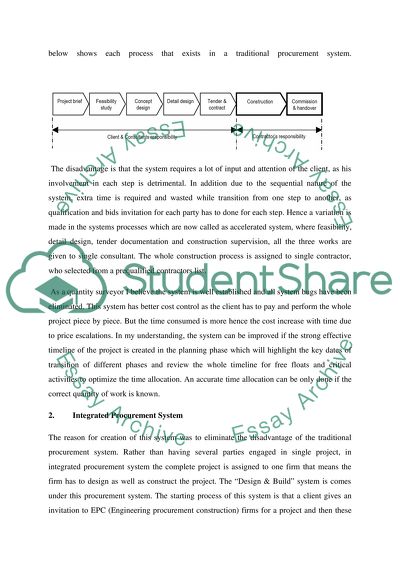Cite this document
(“Construction Procurement and RIBA Plan of Work Assignment”, n.d.)
Retrieved from https://studentshare.org/engineering-and-construction/1448197-construction-procurement-and-riba-plan-of-work
Retrieved from https://studentshare.org/engineering-and-construction/1448197-construction-procurement-and-riba-plan-of-work
(Construction Procurement and RIBA Plan of Work Assignment)
https://studentshare.org/engineering-and-construction/1448197-construction-procurement-and-riba-plan-of-work.
https://studentshare.org/engineering-and-construction/1448197-construction-procurement-and-riba-plan-of-work.
“Construction Procurement and RIBA Plan of Work Assignment”, n.d. https://studentshare.org/engineering-and-construction/1448197-construction-procurement-and-riba-plan-of-work.


